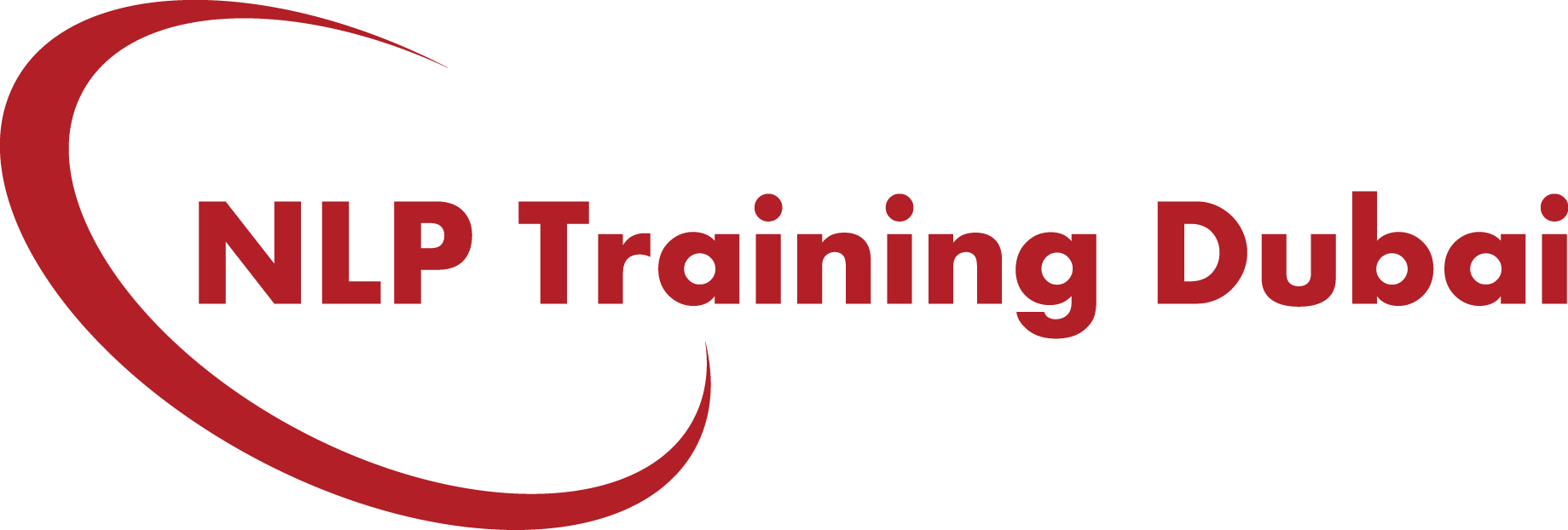
Teaching is a stressful career, but only if done without interest or focus. Things can blow out of proportion,if challenges are not handled with care and sensitivity. Teaching is a core human interaction profession and no human being is the same. Each person come with their own upbringing, environment, mind-set, views, challenges, and learning methods.
With the world getting into a fast competitive mode, the role and functioning of schools and colleges are changing as well. Teachers are expected to keep up with the changes consequentially;else the well-being of the students and the reputation of the school,areat risk. With so much pressure to perform, the most important concern of schools and teachers are how to increase effectiveness?
Learning tools, experiments, teaching aids, self-efficacy and technology are doing their best to help ease a teacher’s burden. But what is more imperative to consistent and quality teaching is that ‘something’which comes from within a person.Learning should feed both the mind and the heart. Neuro-Linguistic Programming (NLP) comes to their rescue, with the necessary mind tools and strategies to not just enhance effectiveness in teaching but also improve their own personality and life in general. Call it a science, a tool or a strategy, NLP has the best, simple and effective methods which can helpteachers become more focused on the “here and now” and increase their effectiveness in training, teaching and coaching.
Today, having the right kind of education holds the key to a successful career and a bright future. Teachers play a vital role in providing students with the right kind of knowledge which empower students with superior and unique advantages. For teachers to be able to contribute to a child’s growth and knowledge base, they themselves must first up-skill, not only in the field of their relevant functional knowledge but also learn how to create an environment of effective learning for their students. To make this happen, teachers must have the skills, tools and strategies, which provide these unique advantages. What best than the platform of NLP which can help teachers create this environment,so thatlearning becomes a beneficial and exciting interaction.
NLP strategies and tools have gained worldwide recognition in personal, business, and education sectors and have been improving lives in big and better ways. It is best known as a self-motivation and personal development tool, but in recent years it has gained traction in the world of education. The use of NLP in the classroom has been a boon to teachers as it brings forth the need to understand that education is not just about reading something from the book and mechanically giving an output in the form of examinations. Modern education has a very different view. It comes from acknowledging that teachers not only need to have knowledge of the coursework, but also need to be highly skilled at communication and interpersonal interaction.
Today’s world is also about communicating and interacting in a beneficial manner. NLP lays huge emphasis in creating an environment that is conducive to learning, by relating to others through sensitive and positive interaction. One of the reasons why schools and teachers have welcomed and adopted NLP tools in their teaching methodology.
To achieve this effectiveness, NLP (Neuro-Linguistic Programming employs four major approaches, which are:
- Outcomes – strategies for self-motivation and the motivation of others.
- Rapport – approaches for building rapport and influencing others.
- Flexibility – techniques for enhancing flexibility and awareness of others.
- Influential language– language models designed for success, communication skills, power words, voice methods, etc.
There are many techniques that a good teacher would be using anyway, without even realizing it. However, a better understanding of NLP tools will enable teachers to use the learning to a greater advantage,thus enabling them to make better decisions and manage their students more effectively. In fact, these techniques are so effective that many universities have adopted these techniques as part of their curriculum. Even students, today, are being introduced to the benefits of NLP, a sure sign of wider acceptance across the globe.
A couple of tools used in NLP, especially in the area of education, has communication, interaction, and learning styles as the key components of the tools and strategies used These strategies are similar to the main learning styles put forward which involves multiple intelligences: visual, auditory and kinesthetic, where the learner responds best to demonstrations, charts and other visual stimuli; auditory where a verbal explanation is preferred and kinesthetic where the student learns best from hands-on experience.
Perceptual Positioning– Especially aids in removing communication blocks, increase empathy, sensitivity reasoning, understanding and acknowledgement.
To look at a situation from a different point of view, a different angle than the one they would naturally adopt. This exercise is carried out in the form of role play. For example, the teacher might conduct an exercise involving three students of differing opinions. They set up three chairs, each of which is tagged with a ‘position’. They then ask the students to move from one chair to another in order to adopt a different view.
Outcome:This technique has been known to have profound effects, since the children are enacting the scene and go through the procedures and communication required for that particular role. Their active involvement in the scene allows them to get a first-hand experience to see the other person’s point of view or the feeling the other person is going through when a certain activity is carried out. The active involvement and physical and mental interactions could trigger a change in thinking and behavior, much more successfully than a simple request to see someone else’s point of view. This method is very effective when teachers have to tackle bullying and other behavioral issues.
Presupposition – Allows students to make choices. Helps children learn planning and efficient decision making.
Presupposition deals with a different way of presenting a request. For example a teacher offers the class a choice, “Would you like to write an essay first or complete your notes? Here the message that both the tasks must be completed is very clear but the choice of which must be done first is given to the class. This creates a sense of empowerment in the children and they are more likely to give their best in completing both the tasks with very little or no rebellion.Allowing students this element of choice also benefits them in many positive ways further in life and they’re more likely to focus on their decision rather than challenging instructions.
To conclude:
Teaching is a noble profession. A teacher can make or break a student. Hence it is not just a task but a huge responsibility for teachers to enable their students with the right education, not in just the theory aspect but also educate them with regards the way of life. The best way to sum up this topic is with a quote by the great Dalai Lama; “When educating the minds of our youth, we must not forget to educate their hearts”. When both the mind and heart are empowered, that is called a complete education and that is exactly what NLP does.
NLP Training Dubai (www.nlptrainingdubai.com) – powered by UV Consultants, is a global NLP training & coaching platform which offers quality NLP training and coaching certification programs in Dubai and other locations across the middle east. To know more about our NLP & Coaching programs, please write to nlptraining@uvconsultants.com or call +971 4 8525752 | +971 50 670 5615.
